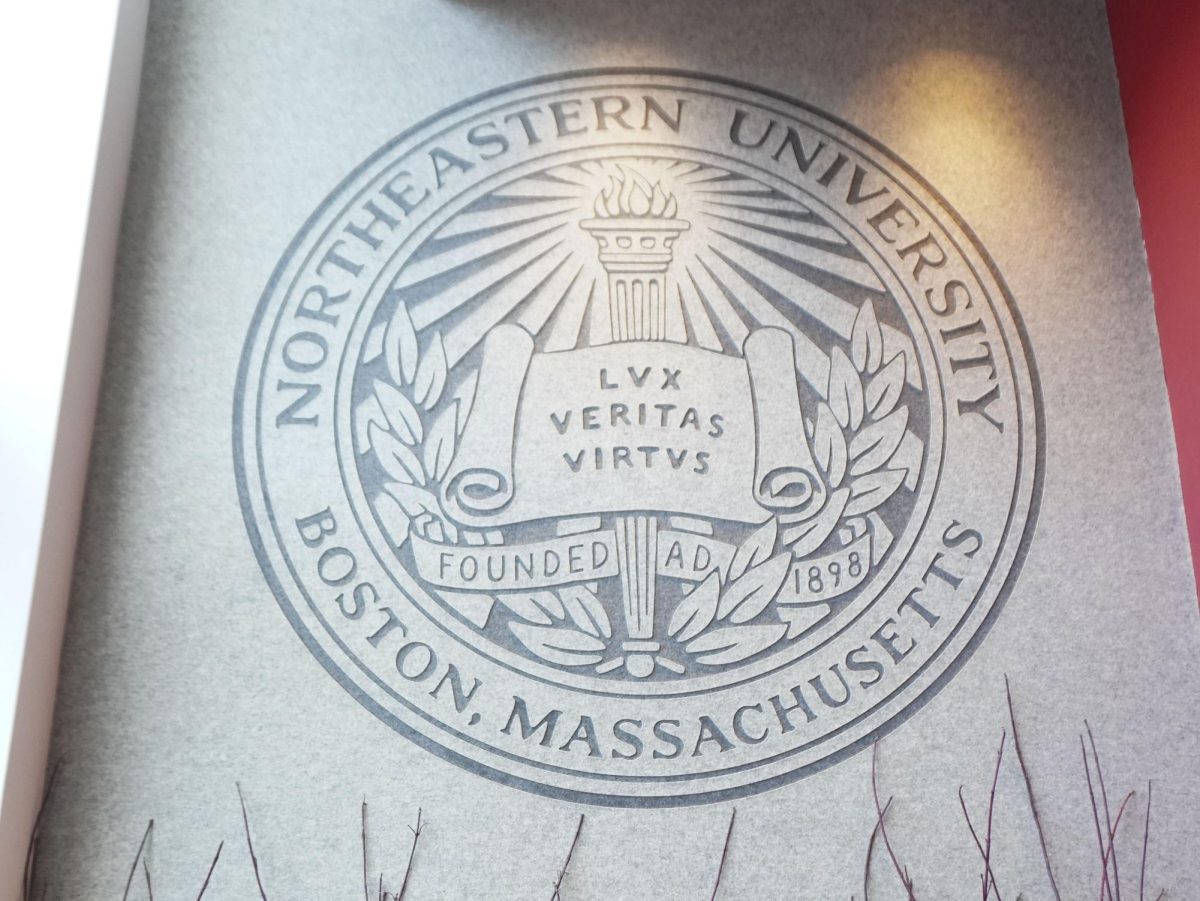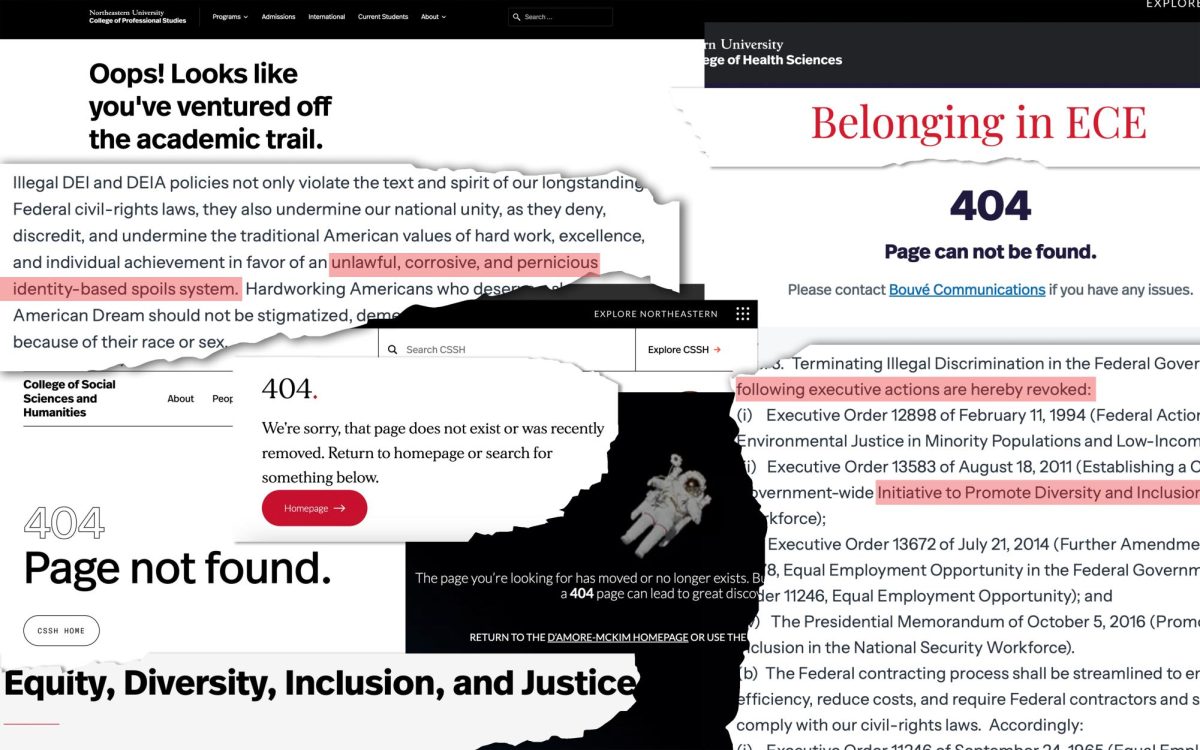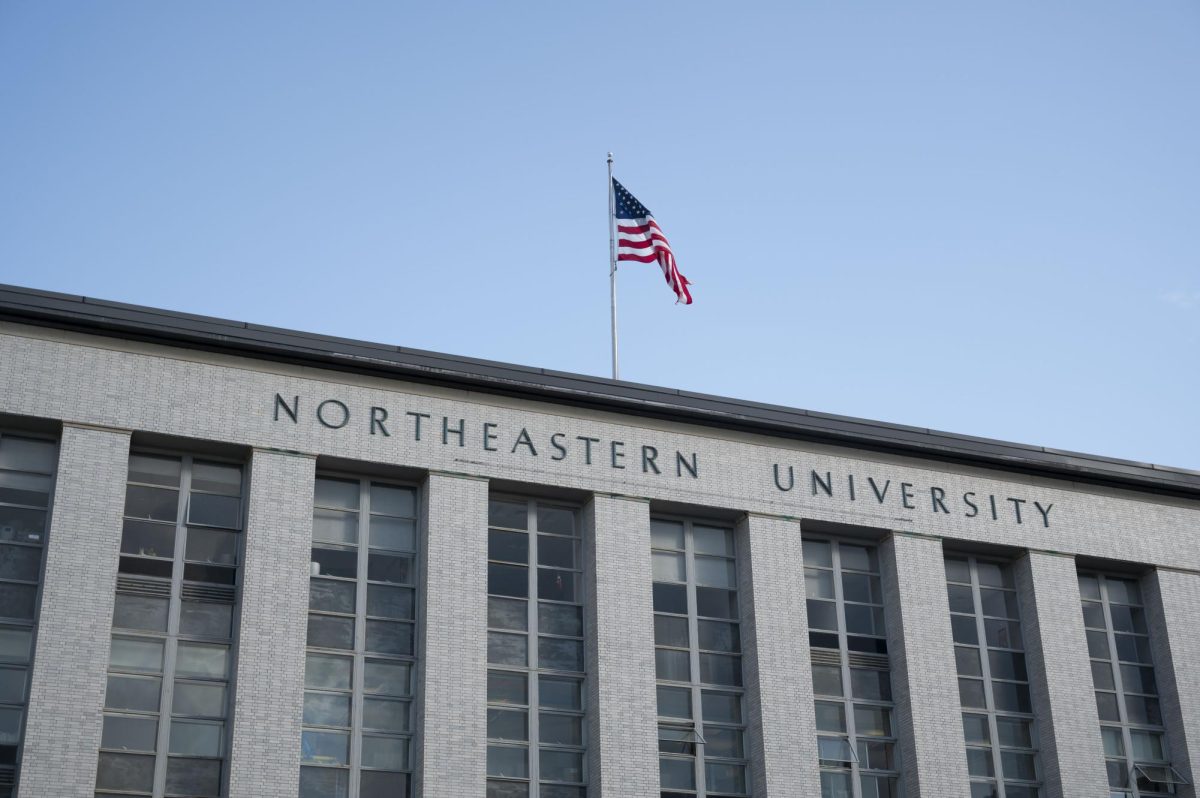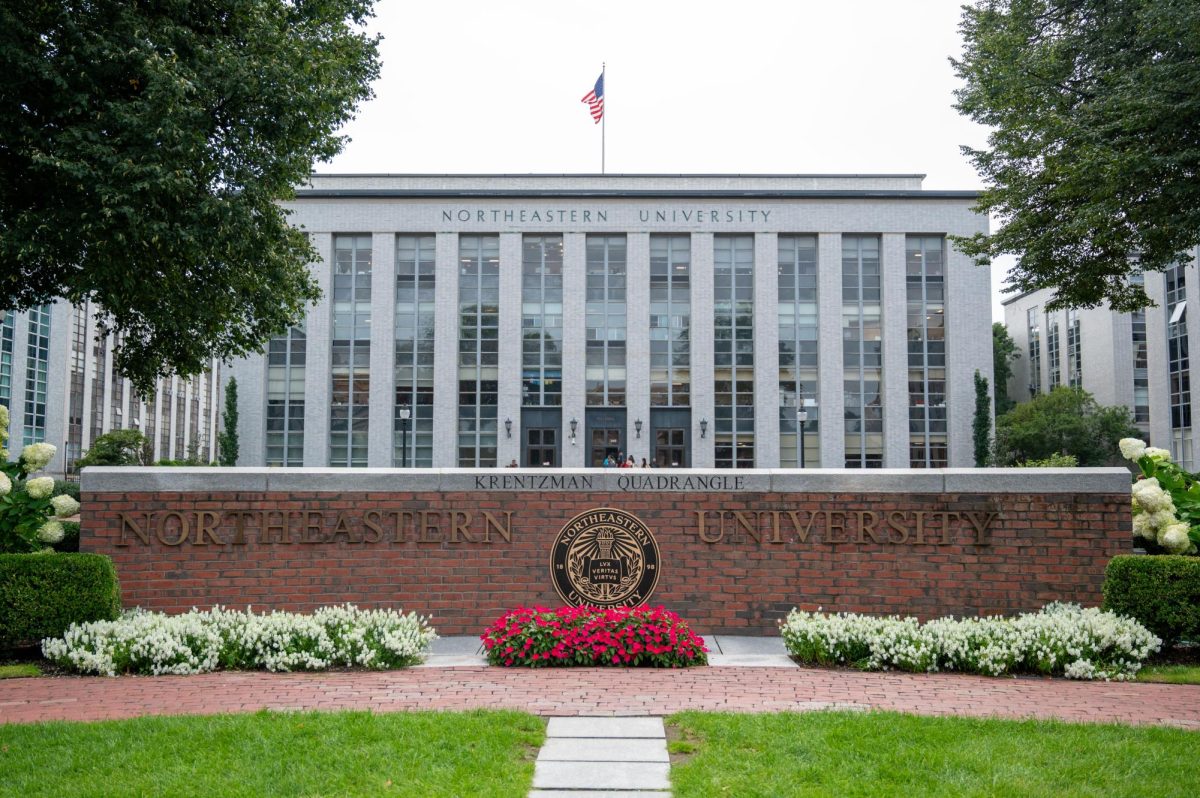For those looking to convert old records to MP3 format, the right resources have emerged on campus. Launched this fall, the Digital Media Design Studio, located in 295 Snell Library, aims to fit the growing needs of today’s technology savvy students, library officials said.
“The idea is the whole Web 2.0 phenomenon. We wanted to make sure students had access to tools they would need to mix and mash media and be able to use that for class projects,” said Library Advancement and Communications Officer Maria Carpenter
The new studio has five Macintosh (Mac) workstations with speakers, microphones, mini-DVD players, digital video converters and headphones, said Debra Mandel, who oversees the studio. There are also many software programs available on the computers, including Quick Time Video, Final Cut Pro and iLife. In addition, the studio has other technologies like audio digitization and a TV studio.
Since its opening, Mandel said the Mac editing stations have had about 217 uses, and the video camera, tripod, digital camera and Mac laptop have been checked out a total of 76 times.
Mandel said she hopes the studio’s plans to collaborate with NUTV to help add student content to the web, as well as an upcoming workshop series and an open house this spring, will help increase use of the studio.
Mandel said she and other staff are also well versed in copyright laws so they can help to protect students working on projects.
The new studio is open to students, faculty and staff Monday through Thursday from 10 a.m. to 10 p.m., Friday from 10 a.m. to 8 p.m. and Sunday from noon to 10 p.m. It is closed Saturdays.
The hours of the studio may be a selling point, as some students said other technology resources on campus do not fit their needs. There are Mac labs available on campus, for instance, but students like Kristen Boice said they feel they’re not always accessible.
Boice, a sophomore graphic design major, said the hours of the other Mac labs, located in Ryder Hall, frustrating when trying to complete projects in her major.
“It’s hard to use it during the day because there are classes there so we have to start projects at like 5 [p.m.],” said Boice, who had not heard of the stuido. “And a lot of people are there at like 11 o’clock at night. So if there’s not computers, you’re kind of screwed.”
Boice, however, is also frustrated with the cost of printing in the Ryder Mac labs, and the Digital Media Design Studio does not have printers yet.
The studio, which may expand in the future, replaces the old Media Center in the library, which housed the media reserves. The media reserves are now located on the first floor with the rest of the reserves, Mandel said.
The Education Technology Center (EdTech) is also moving to part of the old Media Center but construction for the move is still underway. Housed temporarily in Robinson Hall, the EdTech Center is used for faculty and administrators to design high-end websites, build homegrown web-based applications, design curricula and more, according to its website.
Mandel said she is reaching out to faculty in many disciplines, including communication studies and animation, to promote use of the studio.
Fareena Sultan, a professor in the College of Business Administration, is eager to show students the studio so they know how to use it for projects. Sultan teaches electronic marketing for undergraduates and digital marketing for graduate students, and said when she assigned projects in the past, students would have to borrow equipment from a friend or the library’s former Media Center to complete multimedia projects.
“The studio allows us to actually do more stuff like web publishing and creating small videos more easily and more routinely,” she said. “Since my students study things like social networking, podcasting and YouTube, it would be great if they could also [develop projects using] these










